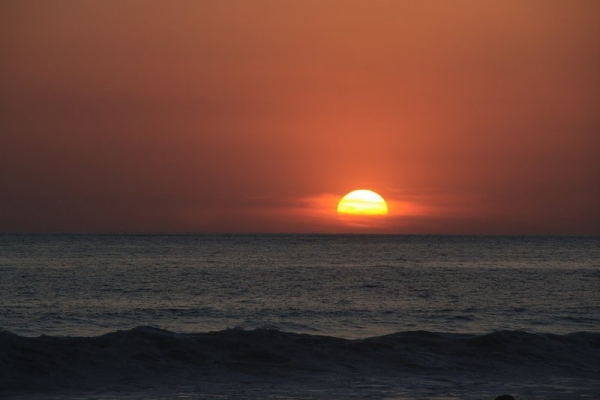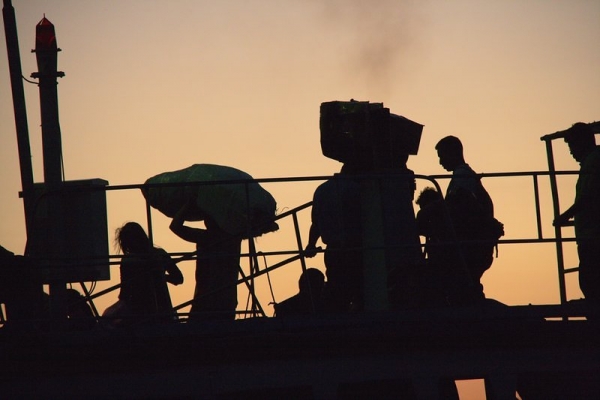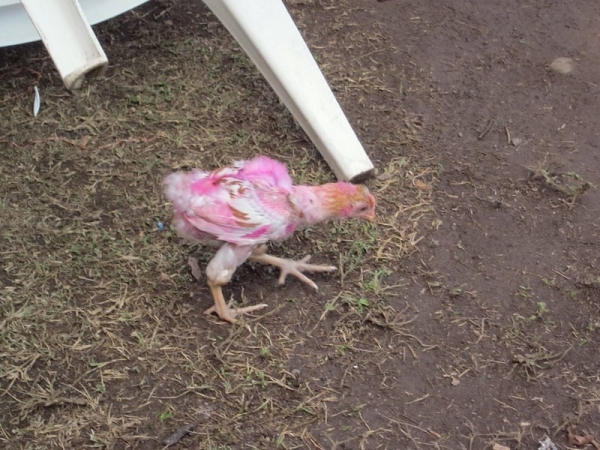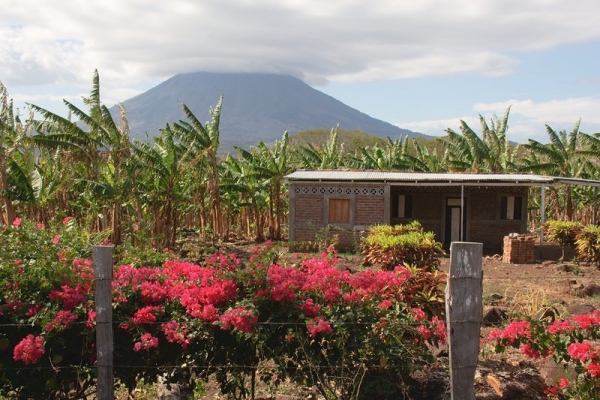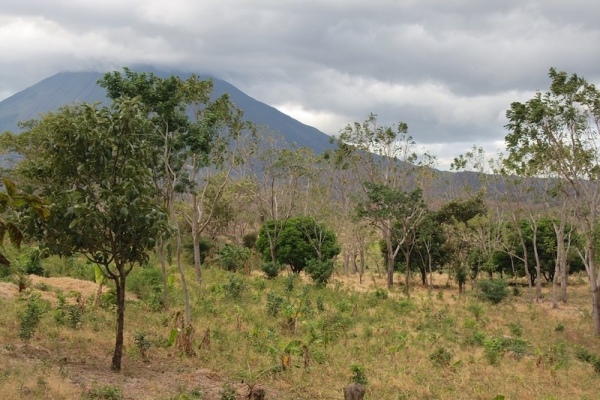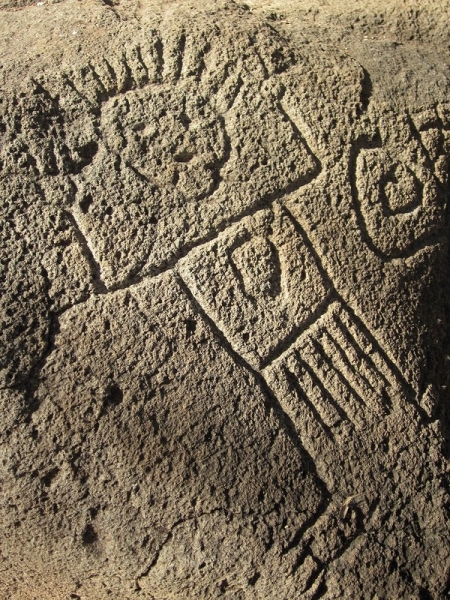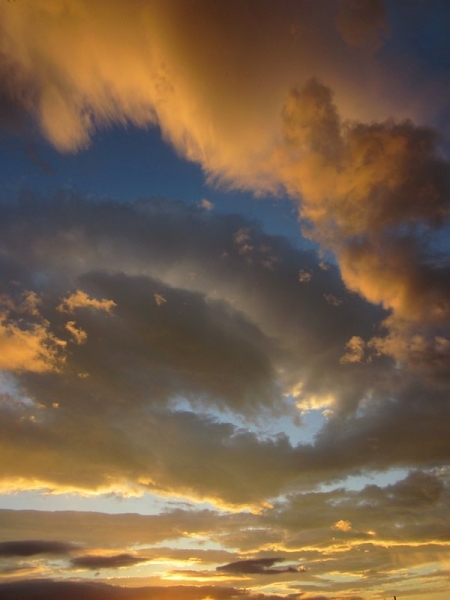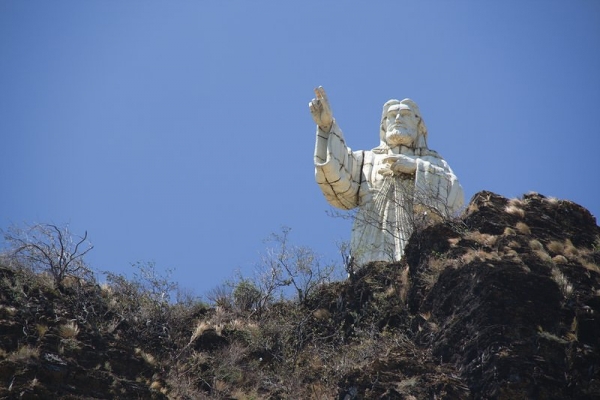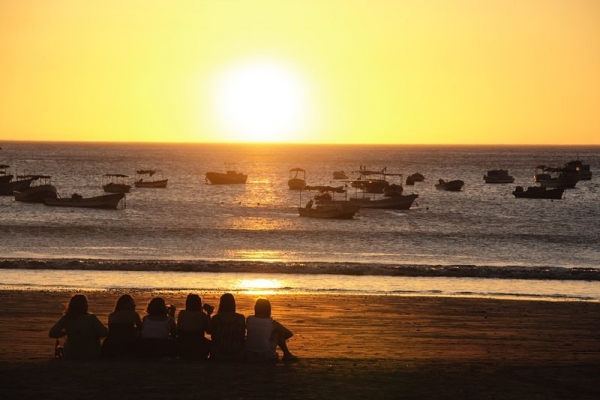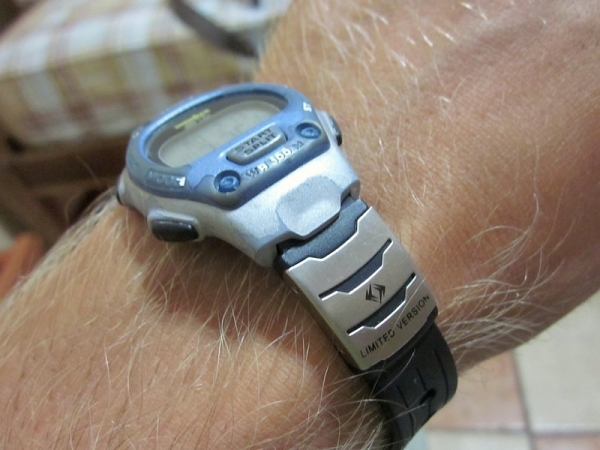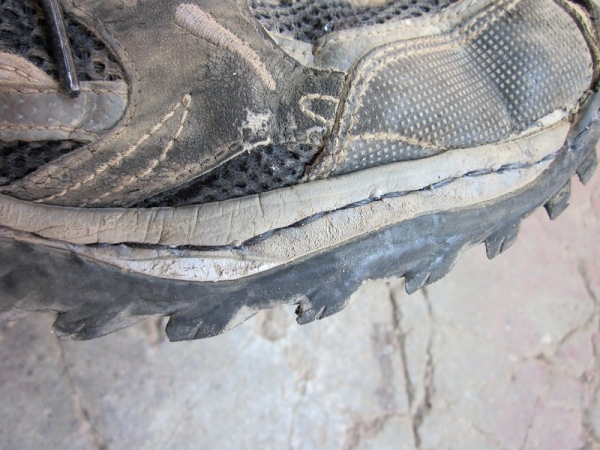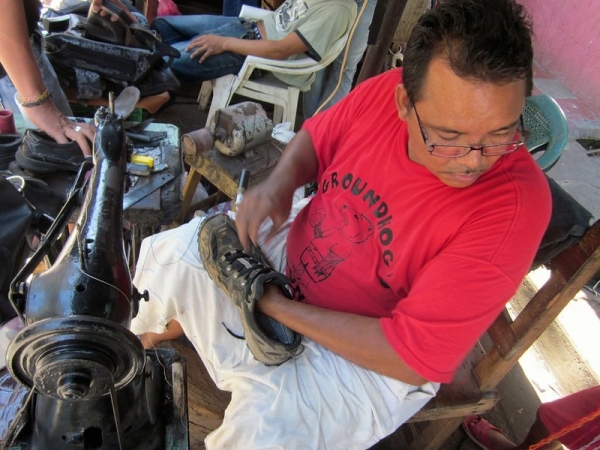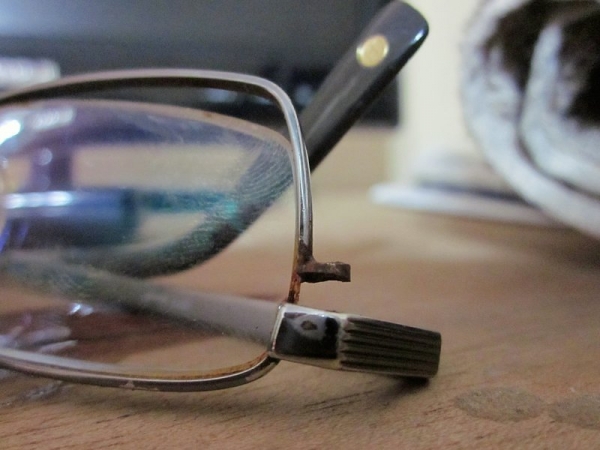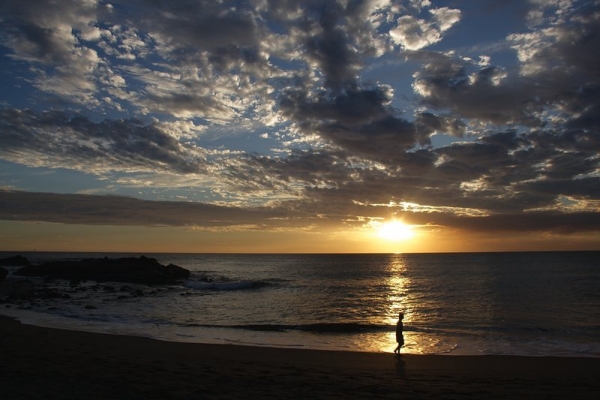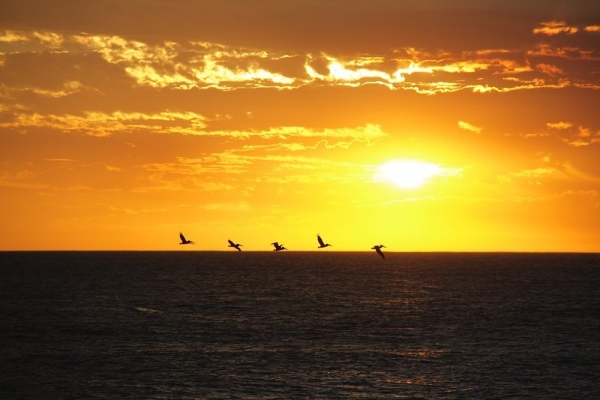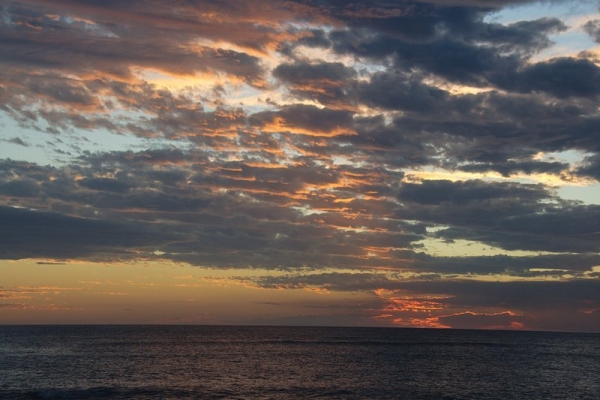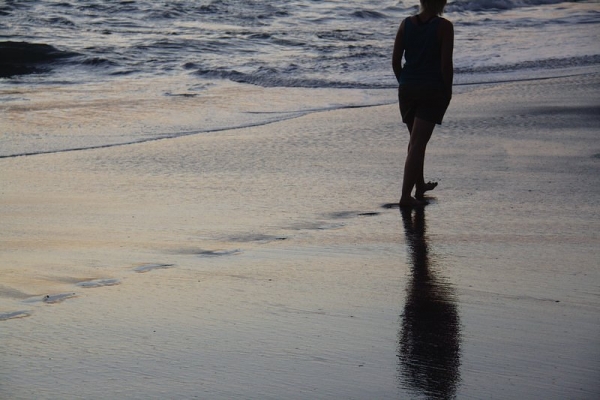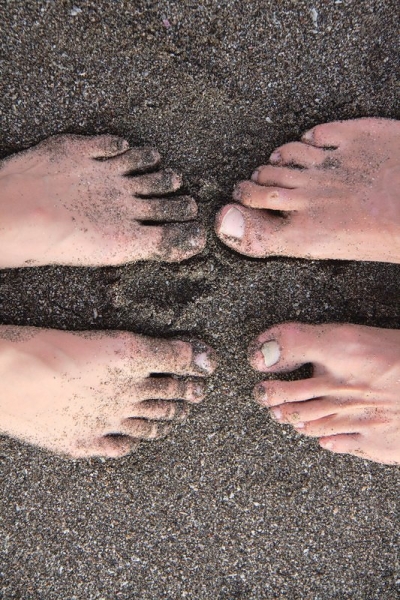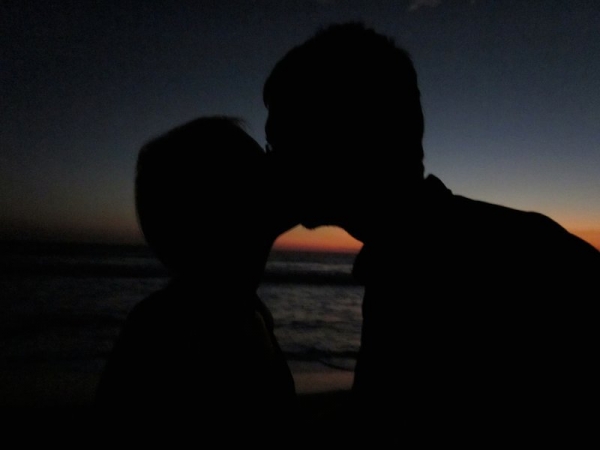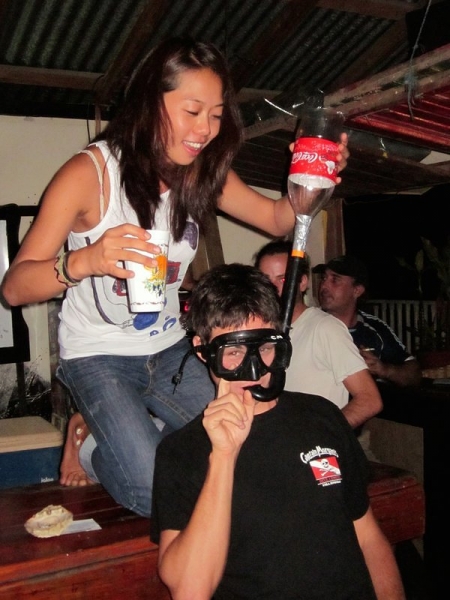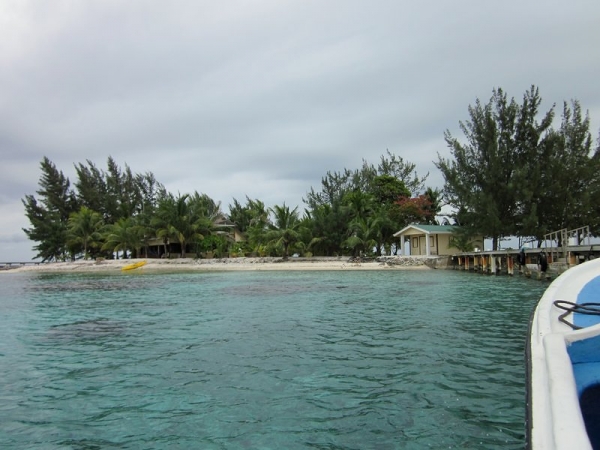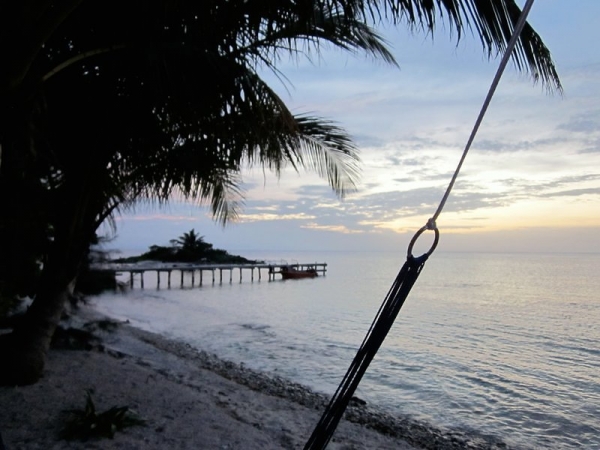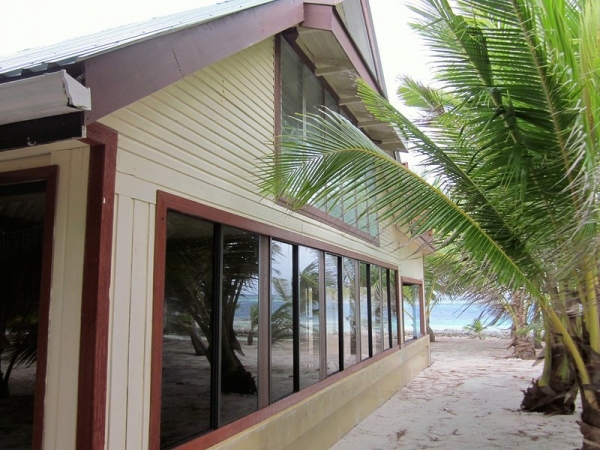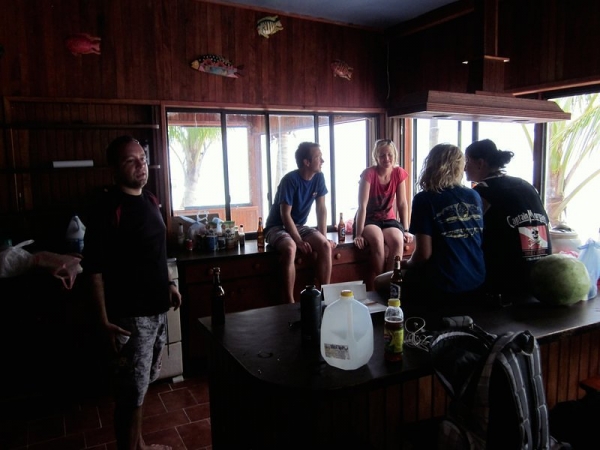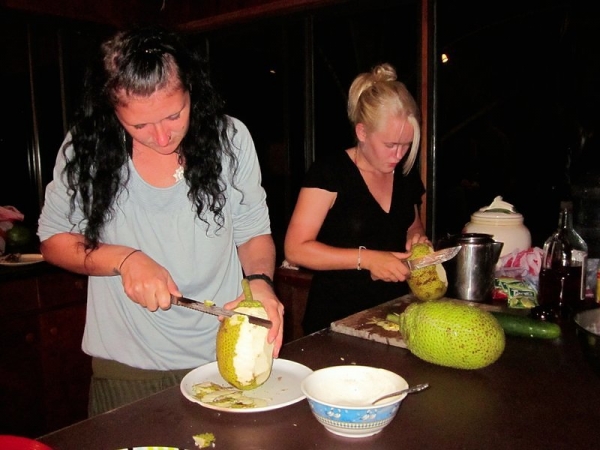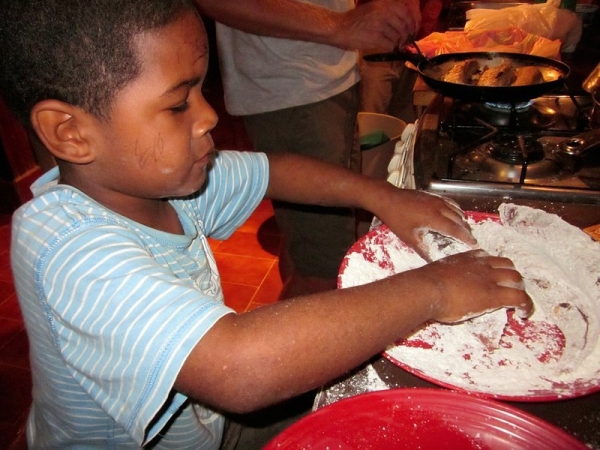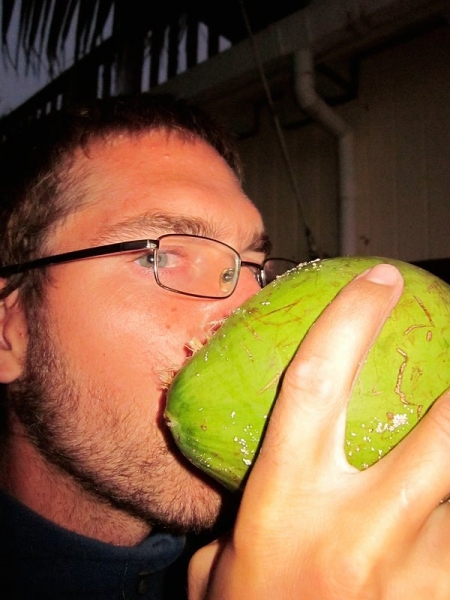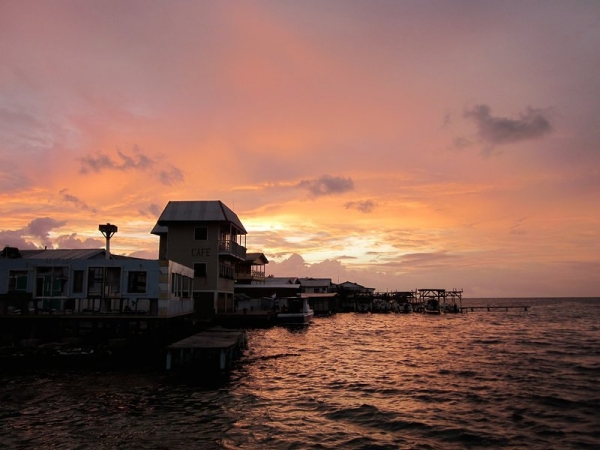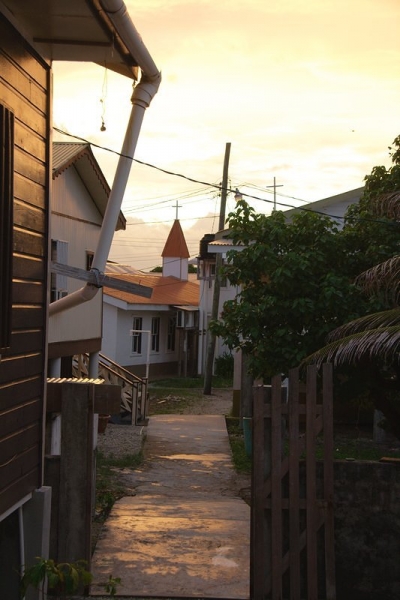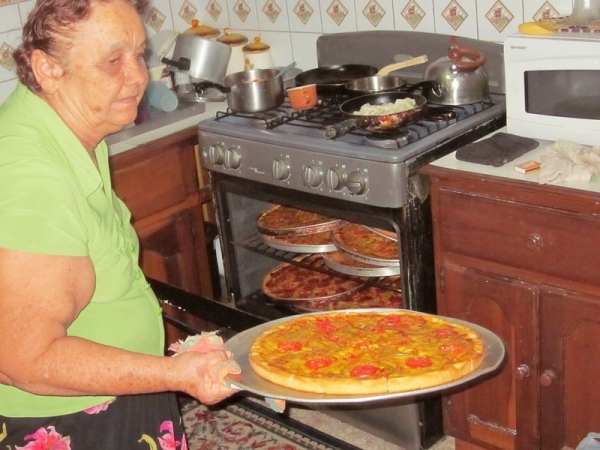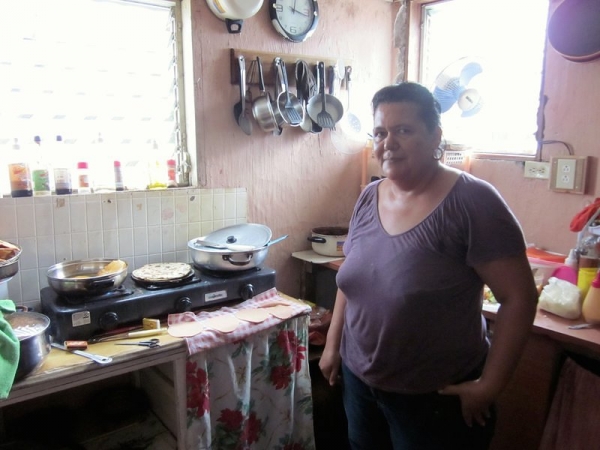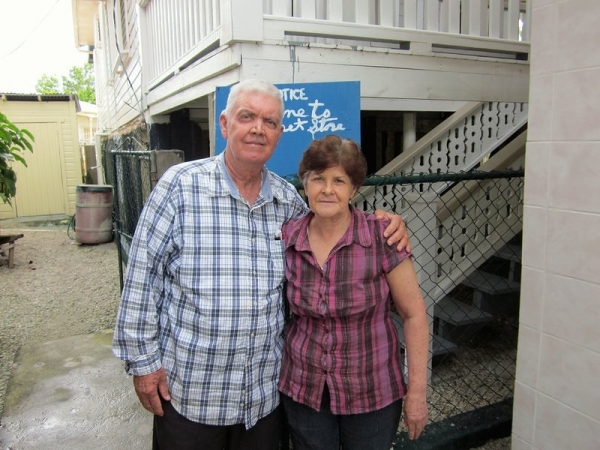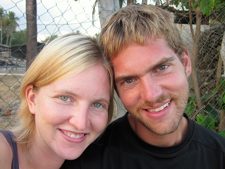Jewel Cay and Pigeon Cay are located just off the southwest corner of Utila island, about 20 minutes by boat from the town of Utila. The two islands are pleasantly small. In fact, one of their greatest draws is their tiny size and the utter lack of motored vehicles. That’s right, there are no motor vehicles on these islands. There is but a single sidewalk connected by a concrete bridge that spans the distance from one end of Jewel Cay all the way across to the far end of Pigeon Cay. As expected, with a single road no more than 420 meters long, finding your way around doesn’t take long – you can walk the whole length of the place in about 6 minutes.
Jewel Cay
Don’t let the size of the islands fool you though, they are capable of supporting a lot more than you would think. First off, consider the people. These tiny islands boast a population of 500 people (I take this number with a grain of salt, and still consider it a bit of an exaggerated boast). These same 500 people are almost entirely bilingual, speaking their original tongue of English and their second language Spanish. Nope, you read correctly, English is their first language… not Spanish. If you go back far enough in history, it turns out that the Bay Islands were inhabited by the English right up until the mid 19th century. To this day, about five of the original colonizing families occupy the majority of the property on the island and have heavily influenced the culture, making it remarkably different from that of mainland Honduras.
Beyond the people, these islands support seven stores, seven churches, three restaurants, three hotels, a hardware store, a barber, a place to get your laundry done, and plenty of fishermen. We met one store owner who had not left the Cays in over 10 years since there’s so much there! One notable exception is the lack of an ATM machine. If you need cash, you’ll either have to work, beg, or go back to Utila to use the ATM machine.
Of the seven churches, the most famous is arguably “Karaoke Church”. That’s not it’s actual name, but that’s what we liked to call it. They hold service at least twice a week, on Thursdays and Sundays. To earn their name, they set up a keyboard, drum set, loudspeakers, and a microphone. During service they each take a turn at the microphone with the volume cranked as loud as it goes, completely drowning out the rest of the congregation. The result sounded exactly like really bad karaoke.
Karaoke Church
You may be thinking that 7 stores is way too much for such a little island, and you are probably right. However they each seem to sell out of all of their wares on a weekly basis. The supply boat brings in fresh groceries on Tuesdays around 6:00pm. For the next hour, the whole town goes out to do their week’s worth of shopping, after which the selection of fruits and vegetables dwindles considerably. The first things to go are the avocados, followed by broccoli, cauliflower, and lettuce. By Sunday, they would also be out of cheese and meat. If there were any vegetables remaining, their prices would remarkably rise up 50% over and above the levels found on the previous Tuesday. Even though we had our favourite stores, trying to piece together enough to make a meal would often require us to shop at all seven, spreading out our business. So in a way, the seven stores have learned how to share the business between them.
Another important aspect of the Cays were the baked goods. In short, they were cheap and fantastically delicious. Some of my favourites were cinnamon buns, on Cinnamon Bun Monday (a brilliant marketing strategy that ensured a complete sell out by about 7:30 AM every week), homemade doughnuts (Tuesdays, Thursdays, and sometimes Saturdays), hot coconut bread, banana tarts, ginger bread, coconut candy, and banana cake. You could find baked goods everywhere including the Captain Morgan’s Hotel, Miss Diana’s house, and most of the grocery stores. The most expensive of these were 10 Lempiras, about $0.50USD, with the cheapest costing half that. By the end, I was eating baked goods 3-4 times each day, and getting fat because of it…
Miss Diana and her homemade pizzas
If you weren’t into baked goods, there was also Pizza Night on Thursdays, where Miss Diana would make pizzas in her house. One pizza was enough to feed two, and they were delicious. Without a doubt, Pizza Night was our favourite night on the Cays. Aside from pizza, there were a good selection of drinks at Myra’s (one of the three restaurants) including natural fruit juices, and my favourite – frozen coconut milk – a deliciously cool ice-cream-like treat for only 5 lempiras or $0.25USD.
Myra, purveyor of the finest coconut milks, and natural juices
What’s There to Do?
Diving. At least that’s what we liked to do when we were not eating baked goods or pizza. If you are not into diving though, there is also good snorkelling, with equipment for rent from the Captain Morgan’s Dive Shop. If you want to keep your head out of the water, there are kayaks for rent from Cay View restaurant costing 100 Lempiras for a single, and 150 Lempiras for a double for the day.
As a day trip you could head over to the beautiful Water Cay, accessible by kayak or chartered boat.
If you are looking for a bit of novelty, there are also 2 private islands for rent, both of which you can spend the night on (more details about this coming soon).
Getting There and Away
Your best bet is to talk to the staff at Captain Morgan’s Dive Shop, just up from the ferry dock in Utila. Their dive boat leaves Utila headed for Jewel Cay daily at 6:50AM. Another option is to catch a ride with Mr. Donald. He lands his boat “Donna Ray” most days (but never on Saturdays) at the same dock that Captain Morgan’s uses, and usually departs by 11:00AM. Aside from that, it’s also possible to charter your own boat, leaving on your schedule, for about 700 Lempiras ($35USD).
Mrs. Janet, and Mr. Donald. Our lovely landlords.
These little islands were home for 3 months. Now we are on the lookout for the next place to settle down. Any suggestions? The world is our oyster.
